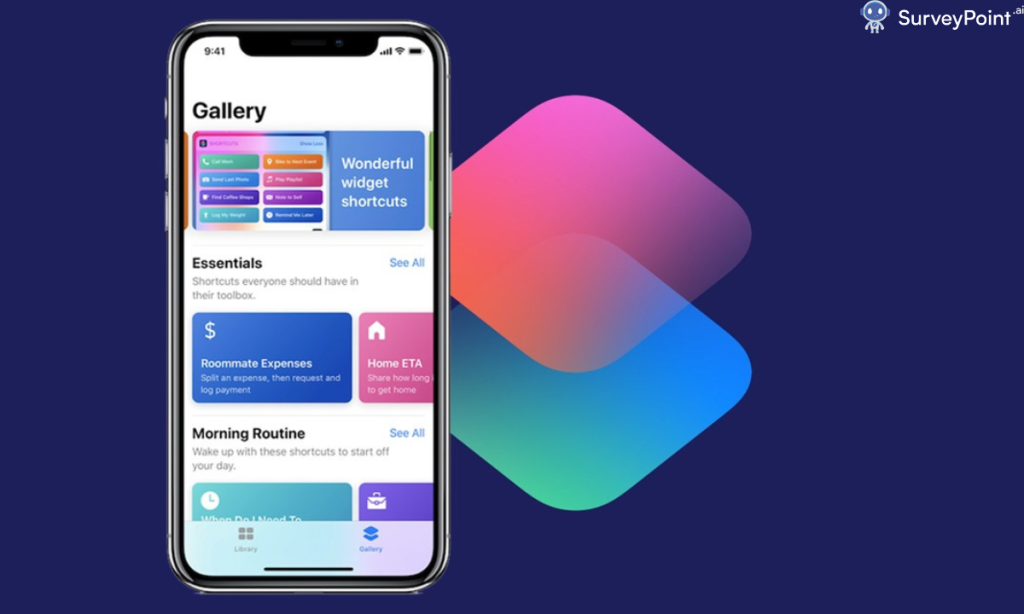
With the increasing popularity of iPhones and iPads, developing iOS applications has become an appealing skill for many aspiring developers. Whether you want to create the next big app or simply learn a new skill, this guide will walk you through the basics of iOS app development.
Introduction to iOS Development
Understanding iOS: iOS is the operating system used by Apple devices such as iPhone, iPad, and iPod Touch. It’s known for its robust performance and user-friendly interface.
Why Learn iOS Development?: With millions of users worldwide, creating iOS applications can be a highly rewarding career path. Moreover, the App Store provides a platform for developers to monetize their applications.
Setting Up Your Development Environment
Mac Computer Requirement: To develop iOS applications, you need a Mac computer. This is because Xcode, the development environment for iOS, only runs on macOS.
Installing Xcode: Xcode is the integrated development environment (IDE) used to create iOS applications. You can download it for free from the Mac App Store. Xcode includes all the tools you need to create, test, and debug iOS apps.
Creating an Apple ID: An Apple ID is required to download Xcode and access Apple services. If you don’t have one, create an Apple ID.
Learning Swift
What is Swift?: Swift is a powerful and intuitive programming language developed by Apple for iOS, macOS, watchOS, and tvOS development. It’s modern and designed to be safe, fast, and expressive.
Resources for Learning Swift:
- Official Swift Documentation: Comprehensive information and examples from Apple.
- Online Courses: Platforms like Udemy, Coursera, and Codecademy offer beginner-friendly courses on Swift and iOS development.
- Books: Titles such as “Swift Programming: The Big Nerd Ranch Guide” are excellent for beginners.
Building Your First iOS App
Creating a New Project in Xcode: Open Xcode and select “Create a new Xcode project.” Choose a template such as “Single View App,” and fill in the project details.
Understanding the Project Structure: Familiarize yourself with the Xcode interface and the files created in your project. Key components include the storyboard (UI design), view controllers (code that manages views), and assets (images and resources).
Designing the User Interface: Use Interface Builder to design your app’s UI. Drag and drop elements like buttons, labels, and text fields onto the storyboard.
Writing the Code: Connect your UI elements to the view controller code by creating outlets and actions. Write Swift code to handle user interactions and functionality.
Running and Testing Your App: Use the simulator in Xcode to run and test your app. Ensure everything works as expected.
Key Concepts in iOS Development
MVC (Model-View-Controller): A design pattern used to separate the app’s data (Model), user interface (View), and logic (Controller).
Delegates and Protocols: Used for communication between different parts of your app. For example, a table view can use a delegate to notify the controller when a row is selected.
Auto Layout: A system for designing responsive user interfaces that adapt to different screen sizes and orientations.
Networking: Learn how to fetch data from the internet using APIs. Libraries like Alamofire can simplify networking tasks.
Advanced Topics
Core Data: Manage the app’s data using a database.
Animations: Add animations to your app using UIKit Dynamics or Core Animation.
In-App Purchases: Implement in-app purchases to monetize your app.
App Store Submission: Learn the process of submitting your app to the App Store, including creating an app listing, uploading screenshots, and complying with App Store guidelines.
Joining the iOS Developer Community
Apple Developer Documentation: Extensive documentation and guides provided by Apple.
Stack Overflow: A great place to ask questions and find answers related to iOS development.
Developer Forums: Participate in forums and communities like Reddit’s r/iOSProgramming and the Apple Developer Forums.
Conclusion
Developing iOS applications can be a rewarding experience, offering endless opportunities to create innovative solutions and reach millions of users. By understanding the basics, setting up your environment, learning Swift, and building your first app, you’re on your way to becoming an iOS developer. Keep learning, experimenting, and engaging with the community to refine your skills and create amazing apps. For more information checkout- surveypoint.ai




